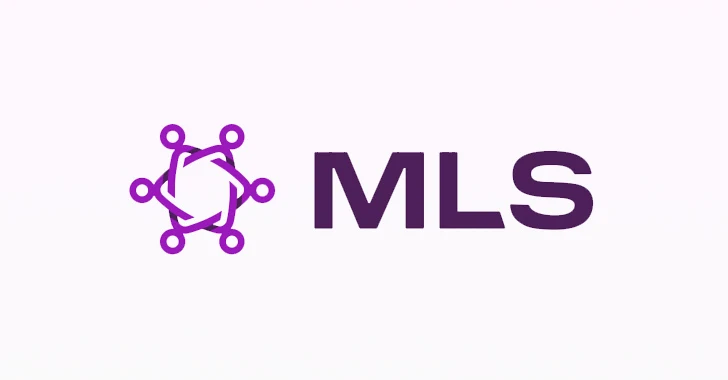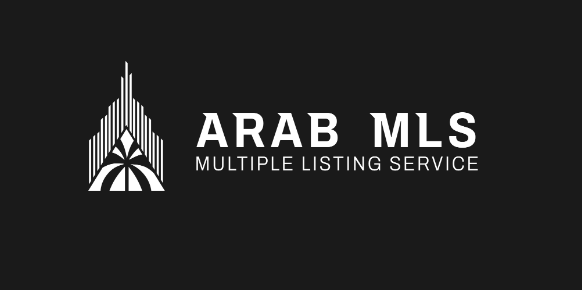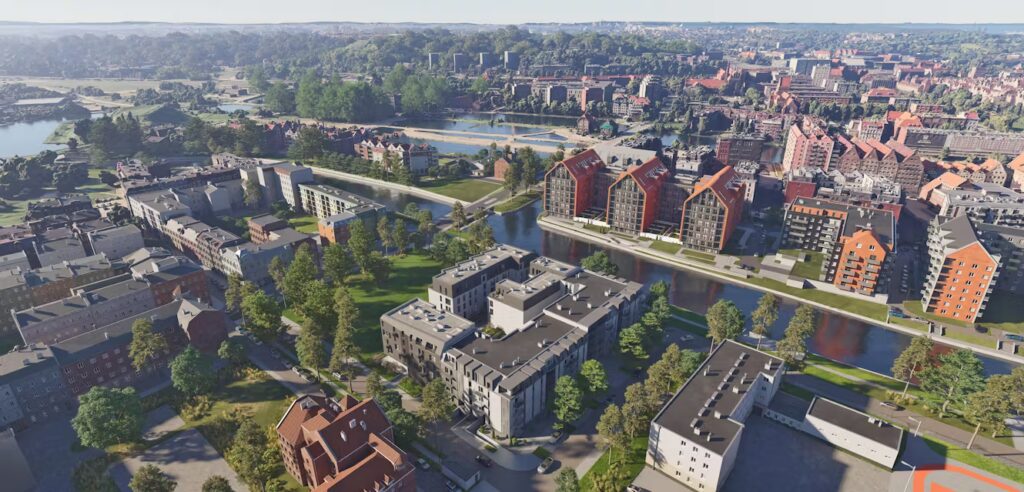As the short-term rental (STR) industry continues its rapid growth, driven by platforms like Airbnb and Vrbo, the need for a more structured and transparent property listing system becomes increasingly evident. One innovative solution lies in adapting the Multiple Listing Service (MLS) model—traditionally used in residential real estate—for the short-term rental market. Implementing MLS platforms for STRs could revolutionize how hosts, managers, investors, and even local governments interact with the sector.
Understanding MLS and Its Role in Real Estate
A Multiple Listing Service (MLS) is a centralized database where real estate agents list properties for sale, sharing access with other agents to increase exposure and efficiency. It promotes transparency, standardized data, and cooperation among brokers, all while serving as a reliable source of market data for pricing and valuation.
Translating these benefits to short-term rentals could bring a much-needed layer of professionalism and structure to a market that, despite its scale, often lacks standardized tools for listing, comparing, and managing properties.
Why the STR Market Needs an MLS-like Platform
Fragmentation of Listings
Short-term rental listings are spread across various platforms—Airbnb, Vrbo, Booking.com, and countless niche sites. This fragmentation makes it difficult to track availability, pricing trends, or property performance.
Lack of Standardization
STRs vary widely in how they present data: nightly rates, amenities, occupancy rules, and cancellation policies often differ across platforms and hosts, creating confusion for both guests and managers.
Limited Transparency for Investors and Regulators
Investors seeking accurate performance metrics and regulators trying to enforce compliance with local laws often find themselves dealing with inconsistent, inaccessible data.
Key Features of an STR-MLS Platform
An MLS system tailored to short-term rentals would differ from traditional real estate MLSs but would retain the core principles of standardization, collaboration, and transparency. Key features might include:
-
Unified Listings Database
A centralized hub aggregating property data across platforms, including pricing history, occupancy rates, calendar availability, and guest ratings. -
Standardized Property Descriptions
Uniform templates for listing STRs, improving comparability and searchability for property managers, investors, and consumers. -
Integrated Compliance Tools
Features that track licensing, zoning, insurance, and tax compliance, making it easier for owners and cities to manage regulatory requirements. -
Performance Analytics
Dashboards offering real-time data on revenue per available room (RevPAR), average daily rate (ADR), and occupancy rates, valuable for investors and hosts alike. -
Collaborative Access
Just like traditional MLSs allow agents to co-list properties, an STR-MLS could enable collaboration between property managers, co-hosts, and marketing partners.
Benefits of MLS Implementation for STRs
Property Owners and Hosts:
-
Easier cross-platform management and syndication
-
Better insights into pricing strategies and competitive positioning
-
Improved trust and visibility through standardized profiles
Investors:
-
Access to verified data for underwriting and due diligence
-
Easier benchmarking and ROI forecasting
-
Discovery of underutilized or off-market opportunities
Regulators:
-
Enhanced monitoring and enforcement of local laws
-
Better tools for tracking short-term rental density and activity
-
Reduced reliance on third-party data scraping or complaints
Guests:
-
More accurate and consistent listings
-
Enhanced trust through transparent host and property records
Implementation Challenges
While the idea holds promise, several challenges must be addressed:
-
Data Ownership and Privacy
STR platforms may resist data sharing, and hosts might have concerns about centralizing sensitive information. -
Platform Cooperation
Unlike traditional MLSs, where brokers have a mutual incentive to cooperate, STR platforms often compete aggressively, complicating integration. -
Regulatory Complexity
STR laws vary widely by city and region, making standardization difficult without flexible compliance frameworks. -
Cost and Access
Building and maintaining a high-quality STR-MLS requires funding, governance, and a sustainable business model—likely via subscriptions or syndication fees.
Emerging Solutions and Opportunities
Some startups and proptech firms are beginning to explore this niche, offering STR data aggregators, revenue management tools, and compliance dashboards. Over time, these could evolve into a full-fledged MLS system—especially if driven by regional property management associations or governmental initiatives seeking to bring order to the market.
Conclusion
Implementing MLS platforms in the short-term rental sector offers a path toward greater transparency, efficiency, and professionalism. While there are significant hurdles—especially around cooperation and regulation—the long-term benefits for all stakeholders make it a compelling opportunity. As the STR market matures, the need for standardized, collaborative platforms will only grow, and an MLS-style solution may prove to be the backbone of its next evolution.
Frequently Asked Questions
What is an MLS and why is it relevant to short-term rentals?
A Multiple Listing Service (MLS) is a centralized database used in real estate where agents and brokers share detailed property listings to increase exposure and facilitate transactions. In the short-term rental market, there is no such unified, standardized system. Listings are scattered across platforms like Airbnb, Vrbo, and Booking.com, making it hard for stakeholders to find, compare, and analyze rental data.
Implementing an MLS-like platform for STRs could solve this by centralizing listings, standardizing data, improving transparency, and enabling cross-platform syndication and performance analytics.
Who would benefit the most from an STR-MLS system?
-
Property Owners and Hosts: Easier listing management across platforms, better pricing tools, and standardized compliance tracking.
-
Investors: Reliable data for assessing performance, occupancy, and revenue.
-
Property Managers: Centralized portfolio tools, reduced admin burden, and better reporting.
-
Regulators: Simplified enforcement of local laws and improved oversight.
-
Guests: More consistent and trustworthy property information.
How would an STR-MLS platform differ from traditional MLS systems?
While both share core principles like standardization, transparency, and collaboration, an STR-MLS would differ in key ways:
-
Dynamic Data: Unlike fixed real estate listings, STRs require real-time updates for availability, pricing, and reviews.
-
Cross-Platform Integration: Needs API connections with Airbnb, Vrbo, and others.
-
Performance Analytics: Hosts and investors need dashboards for metrics like RevPAR, ADR, and occupancy.
-
Compliance Modules: Tools to monitor and validate local licensing, taxes, and zoning compliance.
What are the biggest challenges in building an STR MLS?
-
Data Access and Integration: Major platforms may restrict data sharing due to competitive concerns.
-
Standardization Across Jurisdictions: Local STR laws vary widely, complicating compliance frameworks.
-
Host Privacy and Control: Some hosts may be reluctant to share performance or regulatory data.
-
Cost and Adoption: Convincing stakeholders to pay for and adopt a new system may require clear ROI and utility.
How could an STR-MLS help with local government regulation?
Governments struggle to monitor and regulate STRs due to data fragmentation and platform non-cooperation. An STR-MLS could:
-
Provide real-time, verified data on active listings
-
Track compliance (permits, taxes, safety certifications)
-
Generate neighborhood density and occupancy reports
-
Help cities enforce limits or bans based on accurate geographic insights
Would Airbnb or other platforms support or resist this idea?
Most major platforms might resist full integration initially due to competitive reasons—they guard user and listing data closely. However, regulatory pressure and host demand for better tools might drive gradual cooperation. Alternatively, the MLS could partner with channel managers, property management software (PMS) providers, or public sector entities to create a data layer that sits above these platforms.
How could this platform generate revenue?
Several monetization models could apply:
-
Subscription Fees: Property managers, hosts, or investors pay monthly fees for access to analytics and listing tools.
-
Syndication Fees: Charge platforms for data distribution or listing exposure.
-
Premium Tools: Advanced compliance tracking, investment analysis, or revenue management dashboards.
-
Enterprise Licensing: Offer municipalities and tourism boards licenses for regulatory dashboards.
Are there any existing companies trying to build this?
Yes, several startups and SaaS providers operate in adjacent spaces:
-
AirDNA and Transparent: STR market analytics platforms
-
Guesty, Hostaway: Property management systems that sync listings across platforms
-
Rent Responsibly, MuniRentals: STR compliance tools for cities
However, none yet combine these elements into a true MLS-style system—centralized, standardized, and accessible to multiple stakeholder types.













